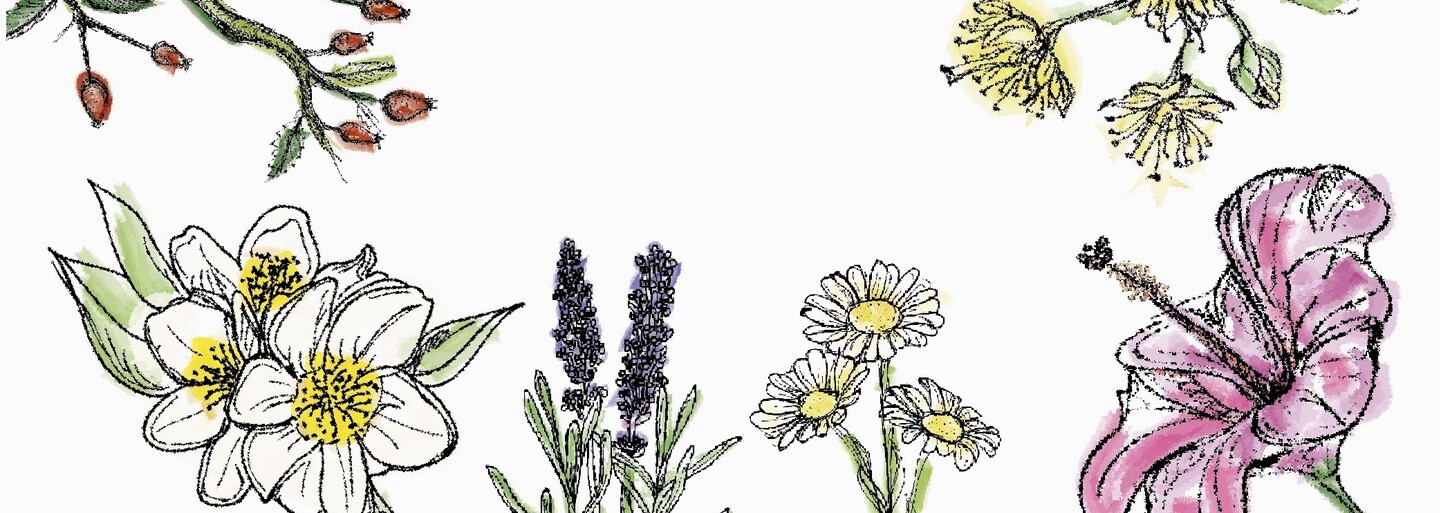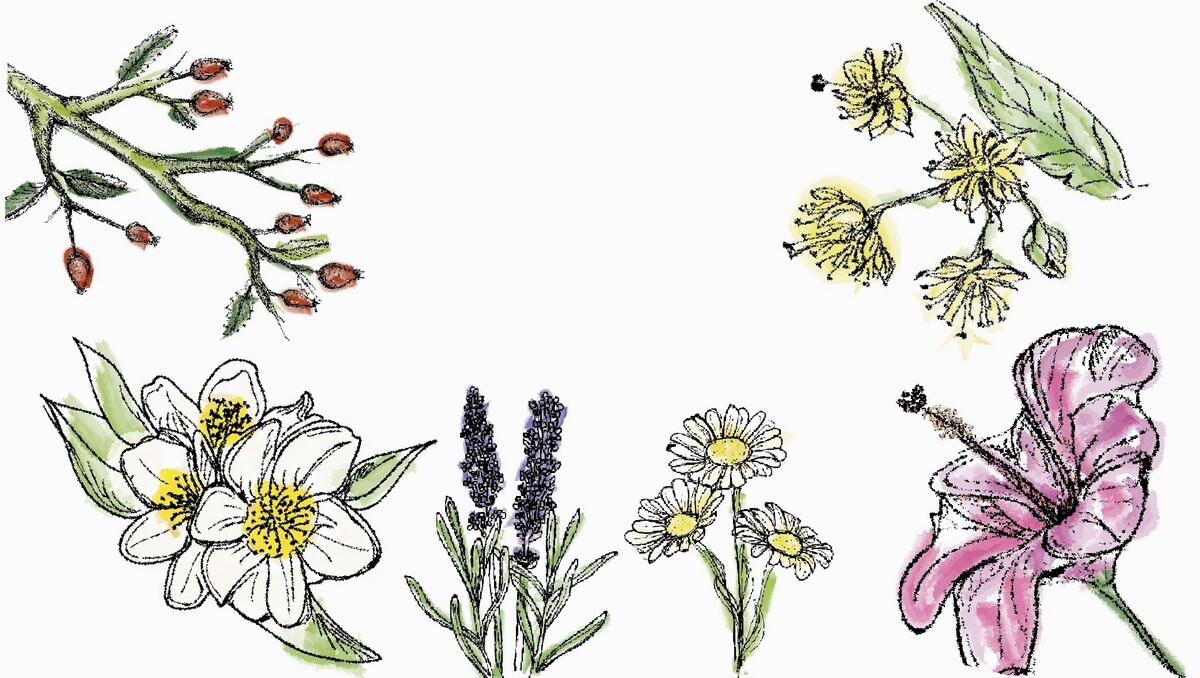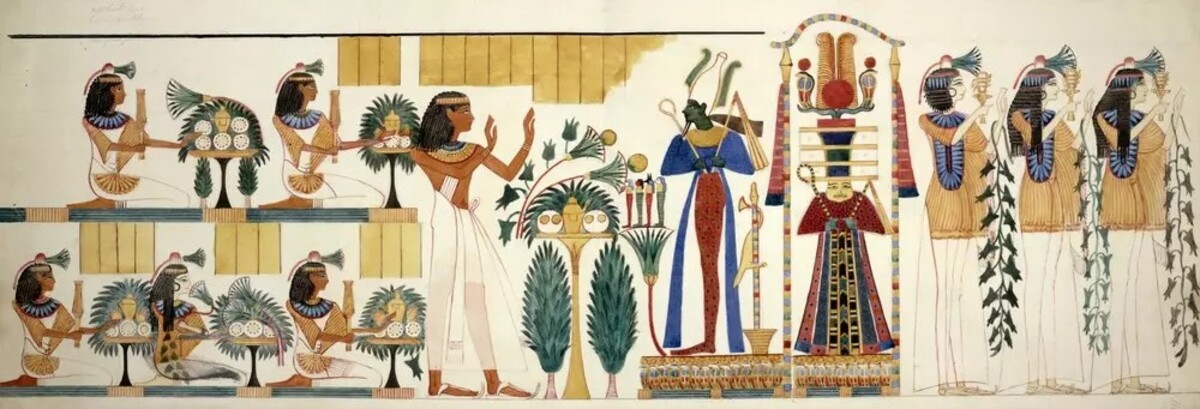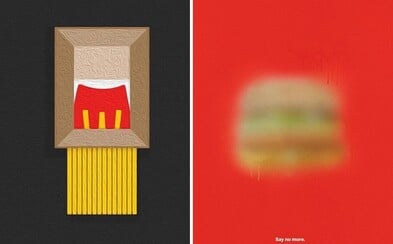 In Denmark, You Can Ski On A 450 Meter Long Roof Of A Waste Incinerator
In Denmark, You Can Ski On A 450 Meter Long Roof Of A Waste Incinerator
In Denmark, You Can Ski On A 450 Meter Long Roof Of A Waste Incinerator
In Denmark, You Can Ski On A 450 Meter Long Roof Of A Waste Incinerator
Did You Know You Can Flirt Through Flowers? We Will Advise You On How To Indicate Desire And Interest
The symbolism of flowers is deeply rooted in human history, we will explain how they can be used to send coded messages.
If problems persis, please contact administrator.

Did you give or receive a bouquet that meant something "more"? Flowers have been of great importance in our culture since the beginning of time. People believed in their magical power or healing effects, brides walked with them to the altar or their family placed them with the deceased to say goodbye. During the reign of Queen Victoria of England, flowers became more than just objects of admiration and ritual, they developed their own non-verbal language to send mysterious messages.

The language of flowers
As we have already indicated, in the Victorian era (1837-1901) flowers were used to send coded messages that expressed words and emotions that could not be spoken out loud. People even flirted this way. Social rules strictly limited what could be expressed directly. Thus, a kind of secret method of non-verbal communication was created, which was named floriography. Le Langage des Fleurs (The Language of Flowers), the first dictionary to explain the meaning of different flowers, was published in Paris in 1819 and established a code that became extremely popular in middle and upper class Victorian society bound by this strict etiquette. What emotions could be expressed with flowers? We have a small sample for you:
- Jasmine - kindness
- Mint - virtue
- White Rose - Innocence, "I deserve you..."
- Yellow rose - jealousy, infidelity
- Honeydew - sympathy
- Lavender - mistrust
- Begonia - "Be careful..."
- Daisy - Loyal Love, "I'll Never Say..."

The flowers could express approval or indicate who the message is about. In practice, it looked like a bouquet given with the right hand meant "yes" and the left hand "no". In addition, it was very important how it was presented. Handed upside down, it expressed the exact opposite of the original meaning (for example, a red rose said "I love you", turned upside down meant "I don't love you").
The way the ribbon was tied around the bouquet was also important - when tied on the left, the symbolism of the flowers referred to the donor, when tied on the right, the message related to the recipient. The serve and tie rules are pretty messy, aren't they? Imagine sending such a complicated coded message to a confused courier.
Someone who knew these rules well could communicate quite precisely through the various combinations of flowers in a bouquet, for example:
- Apology - fig (quarrel), purple hyacinth (please forgive me), hazel (reconciliation)
- To end the affair - eagle (escape), aster (goodbye)
- Rejection - hydrangea (disinterest), iberca (indifference)
- Great Passion - wild daffodil (desire), tuberose (dangerous pleasure), capsicum (intense love)
Flower as a symbol
We can express a wide range of emotions with different flowers. The evidence is also interesting stories from mythology and history, where this "fragrant symbol" acquired its meaning.
Linden Tree
According to the Czech traveler and educator Josef Kořenský, who was born in the 19th century, the linden tree is a sacred tree in Slavic mythology, which is why dark forces avoid it. In the Baltic Sea region, this tree is associated with Laima, who was the goddess of fate and patroness of pregnant women. For this reason, people prayed under the linden tree in the hope of obtaining luck and fertility.
Rose
A huge bouquet of red roses is a gesture that expresses affection, love and passion even without words. The rose is recognized as a symbol of love in most countries of the world. In Greek mythology, it refers to the relationship between Aphrodite (the goddess of love) and Adonis (a mortal, the beautiful son of the king of Cyprus). While hunting, Adonis was seriously injured by a wild boar, the goddess of love heard his sobs and ran to help him, but she came too late. Along the way, she stepped on the thorns of a white rose and her blood turned the flower red. This created the first red rose in the world, which became a symbol of their undying and intense love.

The rose has an important position in the history of several countries, for example in England the War of the Roses took place, thirty years of violence and civil strife preceded the important Tudor royal dynasty. The conflict took place between the Houses of Lancaster and York, who were fighting for the throne. The war was later named after the symbols of the rival families - the white rose of York and the red rose of Lancaster.
Hibiscus
Even today, we believe that hibiscus tea provides energy and lifts the mood. The ancient Egyptians took this claim to a higher level. They believed that hibiscus "stimulates immoral moods", in other words, they considered it an aphrodisiac, and they forbade unmarried women to drink tea made from these flowers. It had the opposite meaning in the Victorian era in England. There, the hibiscus was a symbol of femininity and delicate female beauty. Gifting a woman with a hibiscus flower expressed recognition of her grace and gentle nature.

If problems persis, please contact administrator.












